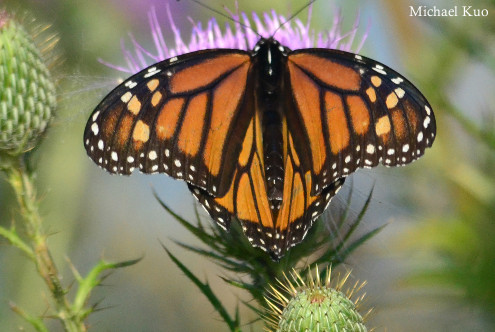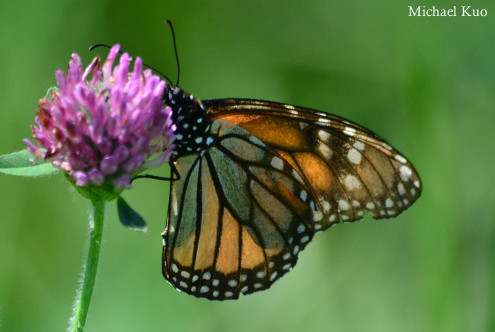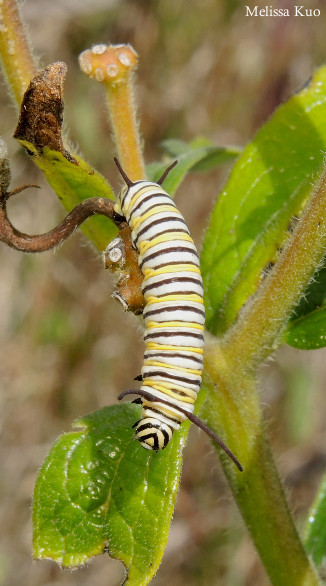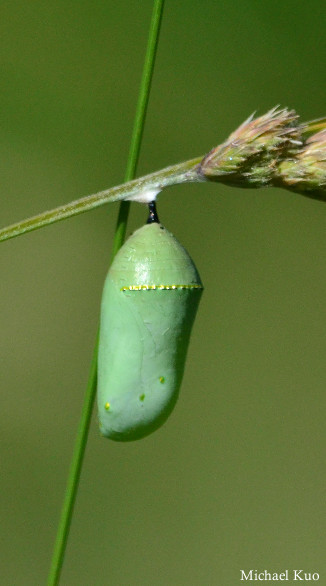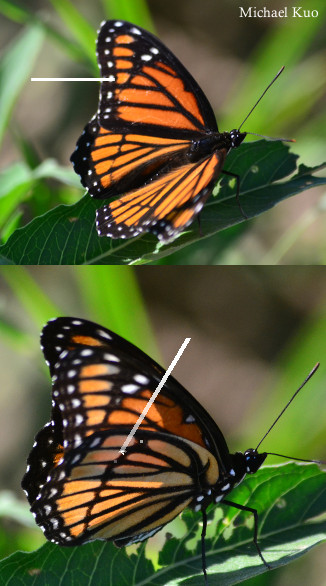|
The monarch butterfly is an icon of the natural world, so invested with cultural capital that it becomes hard to think of it as, well, an insect. We are saving the milkweeds to save the monarchs to save ourselves from the sins of large-scale agriculture and industrialization, according to the narrative. Like other cultural narratives projected onto charismatic organisms (the spotted owl comes to mind) this story is full of good intentions, mixed with both accurate and inaccurate interpretations of scientific work.
Is the monarch population declining? Yes. Scientific studies overwhelmingly support this idea. Is the decline a result of declining milkweed populations in the Midwest and eastern North America? Unclear. Maybe, at least in part. Other possible explanations include loss of winter habitat in Mexico (amazingly, monarchs migrate from a winter location in Michoacán to the rest of North America, in a cycle that takes multiple generations of butterflies to accomplish), and various other human-caused problems along migration paths. And, of course, the various explanations for monarch loss are not mutually exclusive, so a combination of things may be at work.
Here in the Midwest, a recent study by David Zaya and collaborators (2017) at the Illinois Natural History Survey determined that milkweed populations in natural areas of the Midwest have not declined dramatically; the crash in milkweed populations appears to be centered in croplands, where "changes in agricultural weed management have led to a 68% loss of milkweed available for monarchs across the region." Zaya and collaborators also point out important differences in modeling methods for a number of previous studies assessing monarch and milkweed populations, and recommend some methodological corrections for future studies.
The Midwest appears to be particularly important for monarchs. A 2017 study by Tyler Flockhart and collaborators determined that, of the monarchs wintering in Mexico, about half had been born in the Midwest (as we have defined the Midwest at this website; see the map to the right). The authors conclude that "[c]onservation efforts on the breeding grounds focused on the Midwest region will likely have the greatest benefit to eastern North American migratory monarchs."
|
|
|
|
As a butterfly, Danaus plexippus is easily recognized by its large size and the black, vein-like markings on an orange background. The wing borders are black with two rows of white spots; the body is also black with white spots. Really the only source of potential confusion in the Midwest is Limenitis archippus, the viceroy, which is a monarch mimic. Viceroys can be distinguished with a close look at the wings (see the illustration below): the hindwing has a crossbar that is not found on the monarch (best seen from the side), and there is only one row of white spots in the black band at the edge of the wings (best seen from above). Monarch butterflies are seen feeding on a fairly wide variety of flowers, from milkweeds to thistles, clovers, and many others.
The monarch caterpillar is also easily recognized: it is a non-hairy caterpillar with fairly narrow bands of white, black, and yellow, found on milkweeds (especially Asclepias syriaca, common milkweed). The monarch chrysalis is a distinctive, pale green cylinder with a dome-shaped top and a band of small, gold and black bumps about a third of the way down from the top (the thorax).
Because monarch caterpillars feed on toxic milkweed plants, young monarch butterflies are (mildly) poisonous to birds, who may associate future monarchs with an unpleasant dining experience and choose to eat something else, instead. Interestingly, the viceroy (see above) is not poisonous, but its mimicry of the monarch may, in this way, help it avoid predation.
|

midwestern range
|
|



